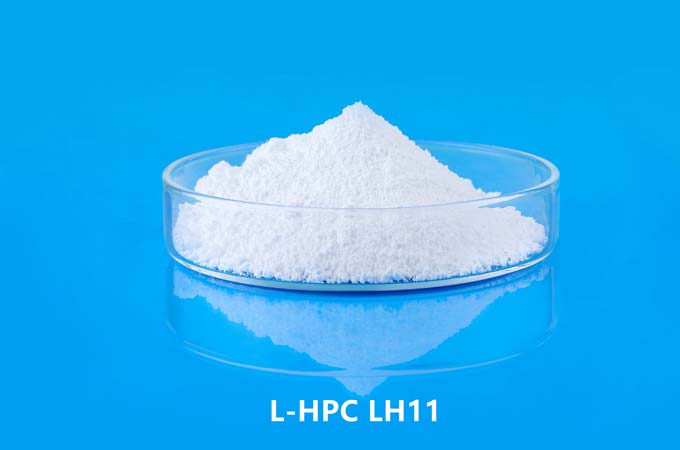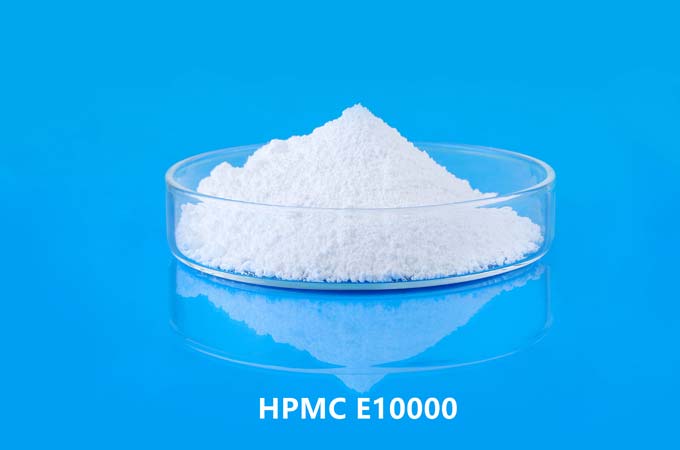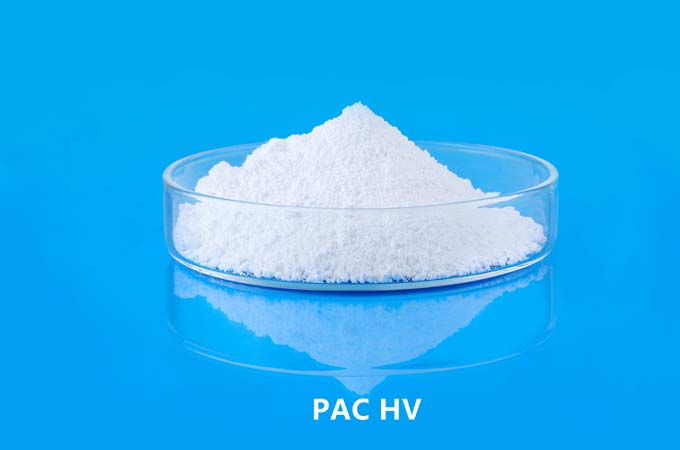1. Product Overview
Hydroxypropylmethylcellulose (HPMC) is widely used in construction materials, coatings, synthetic resins, ceramics, medicine, food, textiles, agriculture, cosmetics, tobacco and other industries. Methyl cellulose is a non-ionic cellulose ether made from natural polymer material cellulose through a series of chemical processes. Hydroxypropyl methylcellulose is an odorless, tasteless, non-toxic white powder that can be dissolved in cold water to form a transparent viscous solution. It has thickening, bonding, dispersing, emulsifying, film-forming, suspending, adsorbing, gelling, surface active, maintaining moisture and protecting colloids, etc.
Hydroxypropyl methyl cellulose (HPMC) is a non-ionic cellulose ether made from refined cotton, a natural polymer material, through a series of chemical processes. They are an odorless, tasteless and nontoxic white powder that swells into a clear or slightly cloudy colloidal solution in cold water. It has thickening, binding, dispersing, emulsifying, film-forming, suspending, adsorbing, gelling, surface active, moisture-retaining and protective colloid properties. Mainly used in the construction industry - dry powder building materials such as water-resistant putty powder, putty paste, tempered putty, paint glue and thermal insulation mortar. It has good water retention effect, easy construction, good luminosity, and viscosity and gel time can be customized according to customer needs.
2. Technical Guidance:
Product Dissolution Method:
Dissolved alone, this product can swell and disperse in hot water above 85°C. Usually, the following methods are used to dissolve it:
1. Take 1/5-1/3 of the required amount of hot water, stir to make the added product fully swell, and then add the rest of hot water. If it is mixed with sand or other materials, it can be cold water, or even ice water. Stir to a suitable temperature (10°C) to dissolve completely.
2. Dry blending and mixing:
In case of mixing with other powders, it should be fully mixed with the powders before adding water, then it can be dissolved quickly without agglomeration.
3. Organic solvent wetting method:
First, disperse the product in an organic solvent or wet it with an organic solvent, and then add it to cold water or add cold water to dissolve it well. The organic solvent can be ethanol, ethylene glycol, etc.
Precautions for Preparing the Solution:
1. When adding the product and after adding, it should be fully stirred to reach the highest viscosity.
2. Prepare the dissolved concentration, which is determined according to the viscosity of the product. Low-viscosity products (viscosity less than 4000) can be prepared at a concentration of 10-15%; high-viscosity products (viscosity greater than 30000) can be prepared at a maximum of 2-3%.
Product Features:
1. Properties: This product is a white powder, odorless, tasteless and non-toxic.
2. Water-retaining effect: Since this product can only attach water several times heavier than itself, it can maintain high water-retaining effect in mortar, gypsum, paint and other products.
3. This product can be dissolved in cold water to form a transparent viscous solution.
4. Dissolution in organic solvents: As it contains a certain amount of hydrophobic genes, this product can be dissolved in some organic solvents, and can also be dissolved in mixed solvents of water and organic matter.
5. Salt resistance: Since this product is a non-ionic and non-polymeric electrolyte, it is relatively stable in aqueous solutions of metal salts or organic electrolytes. Gelation or precipitation may occur in the case of excess electrolyte.
6. Surface activity: The aqueous solution of this product has surface activity, and has the functions of colloidal protective agent, emulsifier and dispersant.
7. Thermal gelation: When heated to a certain temperature, this product becomes an opaque solution to the aqueous solution due to gelation or precipitation. But it turns back to its original solution state after gradually cooling down. The temperature at which condensation and precipitation occur depends on the type of product, the concentration of the solution and the rate of heating.
8. Low ash content: Because this product has the characteristic of thermal gelation, it is washed with hot water during the preparation process to achieve the purpose of refining, so its ash content is very low.
9. Stability of PH value: The viscosity of the aqueous solution of this product is hardly affected by acid and alkali, and its solution is stable in the range of PH3.0-11.0.
10. Shape retention: Compared with other aqueous polymers, the aqueous solution of this product has special viscoelastic properties. It has the ability to maintain and improve the shape of extruded ceramic products.
11. Lubricity: Adding this product can reduce the friction coefficient and improve the lubricity of extruded ceramic products and cement products.
12. Film-forming properties: This product can form strong, flexible, and transparent sheets with good oil and fat resistance.
13. Suspension: It can prevent the precipitation of solid particles, thus inhibiting the formation of sediment.
14. Adhesiveness: It is used as an adhesive for pigments, tobacco products, and paper products, with excellent performance.
Application Fields:
Construction Industry:
1. Cement mortar: Improve the dispersion of cement-sand, greatly improve the plasticity and water retention of mortar, have an effect on preventing cracks, and enhance the strength of cement.
2. Tile cement: improve the plasticity and water retention of pressed tile mortar, improve the adhesion of tiles, and prevent chalking.
3. Coating of refractory materials such as asbestos: as a suspending agent, fluidity improving agent, and also improves the bonding force to the substrate.
4. Gypsum coagulation slurry: improve water retention and processability, and improve adhesion to the substrate.
5. Joint cement: added to joint cement for gypsum board to improve fluidity and water retention.
6. Latex putty: improve the fluidity and water retention of resin latex-based putty.
7. Stucco: As a paste to replace natural products, it can improve water retention and improve the bonding force with the substrate.
8. Coatings: As a plasticizer for latex coatings, it can improve the operational performance and fluidity of coatings.
9. Spraying paint: It has good effect on preventing the sinking of cement or latex spraying materials and fillers and improving fluidity and spray pattern.
10. Secondary products of cement and gypsum: used as an extrusion molding binder for cement-asbestos and other hydraulic substances to improve fluidity and obtain uniform molded products.
11. Fiber wall: Due to the anti-enzyme and anti-bacterial effect, it is effective as a binder for sand walls.
12. Others: It can be used as air bubble retaining agent (PC version) for thin clay sand mortar and mud hydraulic operator.
Chemical Industry:
1. Polymerization of vinyl chloride and vinylidene: As a suspension stabilizer and dispersant during polymerization, it can be used together with vinyl alcohol (PVA) hydroxypropyl cellulose (HPC) to control particle shape and particle distribution.
2. Adhesive: As a adhesive for wallpaper, it can be used together with vinyl acetate latex paint instead of starch.
3. Pesticides: Added to insecticides and herbicides, it can improve the adhesion effect when spraying.
4. Latex: Emulsion stabilizer for asphalt latex, thickener for styrene-butadiene rubber (SBR) latex.
5. Binder: as a forming binder for pencils and crayons.
Cosmetics:
1. Shampoo: Improve the viscosity of shampoo, detergent, and cleaning agent and the stability of bubbles.
2. Toothpaste: Improve the fluidity of toothpaste.
Food Industry:
1. Canned citrus: prevent whitening and deterioration due to the decomposition of citrus during preservation to achieve freshness preservation.
2. Cold fruit products: add to sherbet, ice, etc. to make the taste better.
3. Seasoning sauce: used as emulsification stabilizer or thickener for sauce and tomato sauce.
4. Cold water coating and glazing: used for frozen fish storage, which can prevent discoloration and quality reduction. After coating with methyl cellulose or hydroxypropyl methyl cellulose aqueous solution, freeze it on ice.
5. Adhesive for tablets: As a forming adhesive for tablets and granules, it has good bonding "simultaneous collapse" (rapidly melts and collapses when taken).
Pharmaceutical Industry:
1. Encapsulation: The encapsulation agent is made into an organic solvent solution or an aqueous solution for drug administration, especially for spray encapsulation of the prepared granules.
2. Slow down agent: 2-3 grams per day, 1-2G each time, the effect will appear in 4-5 days.
3. Eye drops: Since the osmotic pressure of methylcellulose aqueous solution is the same as that of tears, it is less irritating to the eyes, so it is added to eye drops as a lubricant for contacting the eyeball lens.
4. Jelly: as the base material of jelly-like external medicine or ointment.
5. Dipping medicine: as a thickener and water retention agent.
Kiln Industry:
1. Electronic material: as a binder for extrusion molding of ceramic electrical seals and ferrite bauxite magnets, it can be used together with 1.2-propylene glycol.
2. Glaze: used as glaze for ceramics and in combination with enamel paint, it can improve bonding and processability.
3. Refractory mortar: Added to refractory brick mortar or pouring furnace materials, it can improve plasticity and water retention.
Others:
1. Fiber: Used as printing dye paste for pigments, boron dyes, basic dyes, and textile dyes. In addition, it can be used together with thermosetting resins in kapok corrugation processing.
2. Paper: used for leather surface gluing and oil-resistant processing of carbon paper.
3. Leather: used as final lubrication or one-time adhesive.
4. Water-based ink: Added to water-based ink and ink, as a thickener and film-forming agent.
5. Tobacco: as a binder for regenerated tobacco.
6. Packaging and storage
Packing: Packed in plastic paper bags for external use and polyvinyl chloride plastic bags for internal packing, each bag has a net weight of 25KG.
Storage: Protect from rain and sun, fire and moisture, sealed and ventilated.
Transportation: Transport as moisture-proof common chemicals.
 English
English 日本語
日本語 français
français Deutsch
Deutsch Español
Español italiano
italiano русский
русский português
português العربية
العربية Türkçe
Türkçe Nederland
Nederland



